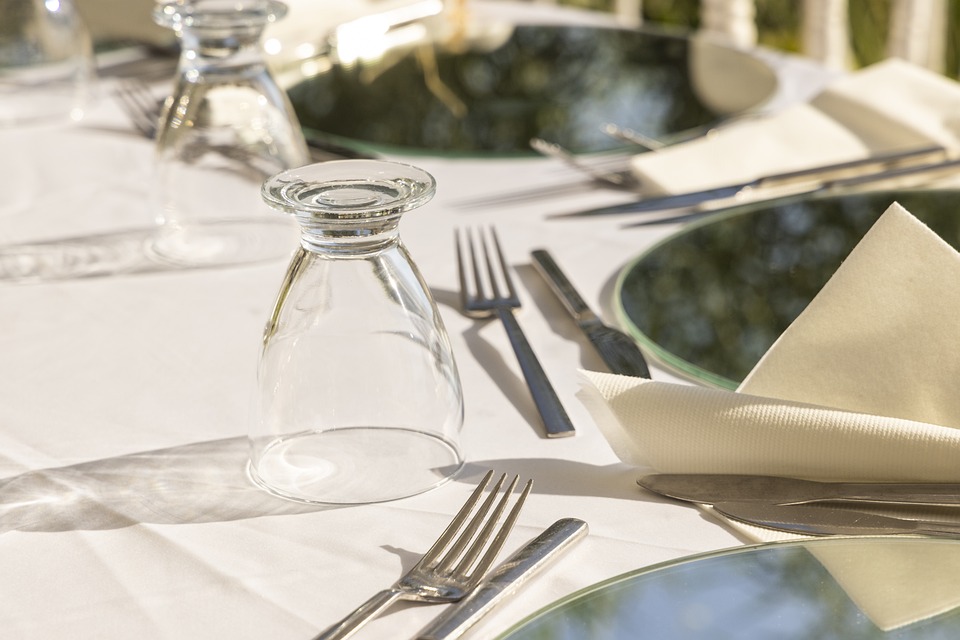When it comes to designing a restaurant, the flooring is often overlooked, yet it plays a crucial role in setting the tone and functionality of the space. Choosing the right material can enhance the overall aesthetic, improve safety, and streamline maintenance. In this article, we will explore some innovative restaurant flooring ideas that can inspire you to elevate your dining experience.
Organized Ideas List: Restaurant Flooring Ideas
- 1. Polished Concrete: A sleek and modern option, polished concrete is durable, easy to clean, and can be stained in various colors to match your brand.
- 2. Vinyl Plank Flooring: This versatile flooring mimics hardwood but is much more resistant to moisture and scratches, making it ideal for high-traffic areas.
- 3. Cork Flooring: Sustainable and eco-friendly, cork is comfortable underfoot and provides excellent insulation, making it perfect for cozy dining environments.
- 4. Rustic Wood Tiles: Capture the charm of wood with ceramic or porcelain tiles that offer the warmth of hardwood with the durability of tile.
- 5. Rubber Flooring: Often found in commercial kitchens, rubber flooring is slip-resistant, shock-absorbent, and easy to maintain, making it a practical choice.
- 6. Terrazzo: A classic option that can be customized with different aggregates and colors, terrazzo is not only beautiful but also extremely durable.
- 7. Natural Stone: Granite, slate, or limestone can create an upscale atmosphere. While more expensive, their unique look and durability are well worth the investment.
- 8. Carpet Tiles: Perfect for areas where noise reduction is essential, carpet tiles come in various styles and can be easily replaced if damaged.
- 9. Outdoor/Indoor Composite Decking: For restaurants with outdoor seating, composite decking provides a stylish yet durable option that withstands various weather conditions.
- 10. Bamboo Flooring: An eco-friendly alternative that is both stylish and sustainable, bamboo flooring is harder than many hardwoods and naturally resistant to moisture.
- 11. Linoleum: Made from natural materials, linoleum is biodegradable and offers a wide range of colors and patterns, making it a great choice for creative designs.
- 12. Paint or Stain Concrete: If you already have concrete floors, consider painting or staining them for an inexpensive yet impactful upgrade.
- 13. Epoxy Coating: This option adds a glossy finish to existing concrete and is available in many colors and patterns, ideal for a modern look.
- 14. Acoustical Flooring: Designed to reduce noise, these specialized floors are perfect for restaurants where a quiet atmosphere is essential.
Expert Insights: Restaurant Flooring Ideas
Polished Concrete
Polished concrete is not only visually appealing but also highly practical. It withstands heavy foot traffic, is resistant to spills, and requires minimal maintenance. However, it can be cold in terms of temperature, which might make it less comfortable for diners during winter months.
Vinyl Plank Flooring
Vinyl plank flooring has gained popularity due to its aesthetic appeal and durability. It’s available in various designs and textures, making it versatile. One challenge is that it can be scratched by sharp objects, so careful consideration of furniture is necessary.
Cork Flooring
Cork flooring is soft and warm underfoot, providing comfort for staff who are on their feet all day. Its natural sound-absorbing qualities make it ideal for busy environments. However, it can be damaged by heavy objects, so appropriate furniture should be chosen.
Rustic Wood Tiles
Combining the rustic appeal of wood with the practicality of tiles, this option gives a warm and inviting look. The challenge is ensuring the tiles are slip-resistant, especially in dining areas.
Rubber Flooring
Rubber flooring is fantastic for kitchen areas due to its slip-resistant properties and shock absorption. While it may not be visually appealing for dining areas, it can be used creatively in hybrid spaces.
Terrazzo
Terrazzo’s durability and unique designs make it a favorite among upscale restaurants. However, installation can be costly, and it requires a skilled professional to achieve the desired finish.
Natural Stone
Natural stone floors add luxury and elegance to any dining space. While they are durable and unique, they can be slippery and require regular sealing to maintain their appearance.
Carpet Tiles
Carpet tiles are excellent for noise reduction and can be easily replaced if damaged. They do require regular cleaning to maintain hygiene, especially in a dining environment.
Outdoor/Indoor Composite Decking
Composite decking is weather-resistant and low-maintenance, making it suitable for outdoor dining areas. However, it may become hot under direct sunlight, which could be uncomfortable for diners.
Bamboo Flooring
Bamboo flooring is an eco-conscious choice that is both stylish and functional. It is harder than traditional hardwoods, but care must be taken to prevent water damage.
Linoleum
Linoleum is a sustainable choice that offers a wide variety of designs. It is easy to maintain, but its lifespan can be shorter than other materials, requiring periodic replacement.
Paint or Stain Concrete
Painting or staining existing concrete can provide a fresh look without the cost of new flooring. However, this finish may wear off over time and require reapplication.
Epoxy Coating
Epoxy coating can transform dull concrete into a glossy, colorful surface. It is resistant to stains and spills but may be slippery if not treated with a texture.
Acoustical Flooring
Acoustical flooring is designed to absorb sound, making it ideal for restaurants that aim for a quieter ambiance. The downside is that it may not be as visually appealing as other options.
Examples and Case Studies: Restaurant Flooring Ideas
| Idea | Benefits | Challenges |
|---|---|---|
| Polished Concrete | Durable, low maintenance, various finishes | Cold underfoot, slippery when wet |
| Vinyl Plank Flooring | Stylish, moisture-resistant, easy to install | Can be scratched, may fade in sunlight |
| Cork Flooring | Comfortable, eco-friendly, sound-absorbing | Can be damaged by heavy furniture |
| Rustic Wood Tiles | Warm aesthetic, durable, various styles | Can be slippery, requires careful selection |
| Rubber Flooring | Slip-resistant, shock-absorbing, easy maintenance | Less suitable for dining areas, limited aesthetics |
| Terrazzo | Durable, customizable, upscale appearance | High installation cost, requires skilled labor |
| Natural Stone | Elegant, unique, durable | Slippery when wet, requires sealing |
| Carpet Tiles | Noise reduction, easy to replace | Requires regular cleaning, less durable |
| Outdoor/Indoor Composite Decking | Weather-resistant, low maintenance | Can get hot in direct sunlight |
| Bamboo Flooring | Stylish, sustainable, durable | Water damage risk, limited color options |
| Linoleum | Eco-friendly, wide design range | Shorter lifespan, can yellow over time |
| Paint or Stain Concrete | Cost-effective, customizable | May wear off, requires touch-up |
| Epoxy Coating | Glossy finish, stain-resistant | Can be slippery, requires careful application |
| Acoustical Flooring | Reduces noise, improves ambiance | May not be visually appealing |
Conclusion & Call-to-Action
Choosing the right flooring for your restaurant is a significant decision that impacts both aesthetics and functionality. From polished concrete to acoustical flooring, each option has its unique benefits and challenges. By considering your restaurant’s theme, target audience, and maintenance capabilities, you can select flooring that enhances your dining experience.
Ready to transform your space? Explore more about these restaurant flooring ideas and consult with flooring experts to find the perfect solution tailored to your needs. Don’t hesitate to reach out for personalized advice and recommendations!



